¡Tango! (1933)
1h 19m
Running Time
April 26, 1933Release Date
¡Tango! (1933)
1h 19m
Running Time
April 26, 1933Release Date
Network & Production Companies

Plot.
¡Tango! follows a formula established by Carlos Gardel with films such as Luces de Buenos Aires (The Lights of Buenos Aires, 1931) in which a melodramatic story is interspersed with tango songs. However, the film had less dialog and more music, making it more like a musical revue. This format would be copied by many subsequent films. The plot is derived from tango songs. Many of these songs tell of the seduction of an innocent slum girl by a rich man who promises her a glamorous life, but who abandons her when her looks fade. The stylized and sentimental plot of ¡Tango! revolves around a young man who is abandoned by his girlfriend for an older rich man and is heartbroken. The film follows his misfortunes.
Where to Watch.
No streaming offers found
Cast & Crew.
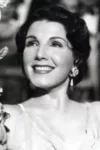
Libertad Lamarque
Elena
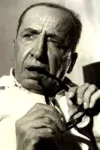
Pepe Arias
Pepe el bonito
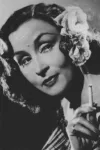
Tita Merello
Tita
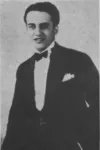
Alberto Gómez
Alberto

Alberto Gómez
Alberto
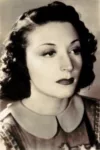
Alicia Vignoli
Alicia
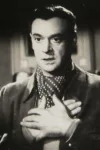
Luis Sandrini
Berretín

Meneca Taihiada
Mecha
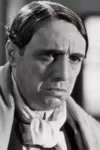
Juan Sarcione
Malandra / Music

Meneca Tailhada
Mecha
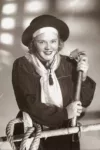
Azucena Maizani
Herself / Music
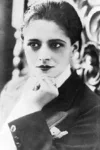
Mercedes Simone
Herself
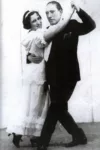
El Cachafaz

Meneca Tailhade
Mecha

Angel Mentasti
Producer

Antonio Merayo
Camera Car

Freddy Scorticati
Music
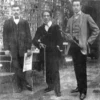
Roberto Firpo
Music

Rodolfo Sciammarella
Music
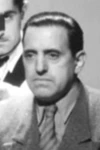
Manuel Romero
Music
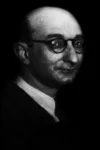
Sebastián Piana
Music
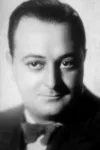
Homero Manzi
Music

Juan Manuel Concado
Art Direction
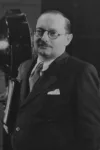
Luis Moglia Barth
Director / Writer
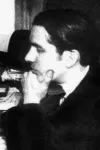
Carlos de la Púa
Writer

Alberto Etchebehere
Director of Photography

Luis Visca

Isabel San Miguel
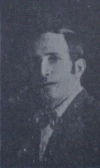
Juan de Dios Filiberto
Music

Edgardo Donato
Media.
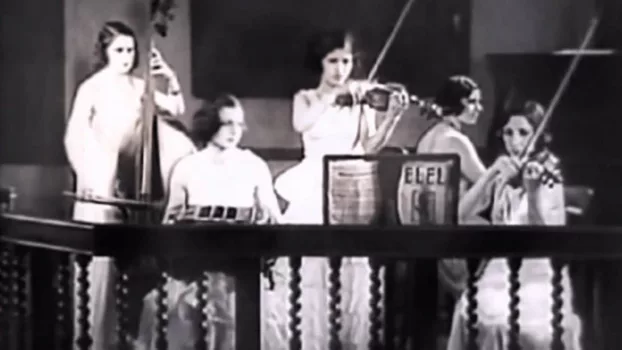
Details.
This Movie Is About.
love
tango
Wiki.
¡Tango! is a 1933 Argentine musical romance film, the first film to be made in Argentina using optical sound technology (but not the first sound film.)
Many existing stars of the Argentine stage and radio appeared in the film, but its success was limited due to poor sound quality and weak acting. ¡Tango! established a formula that would be used by many subsequent tango films.
Along with Los tres berretines, which premiered the same year, it inaugurated the Golden Age of Argentine cinema.

